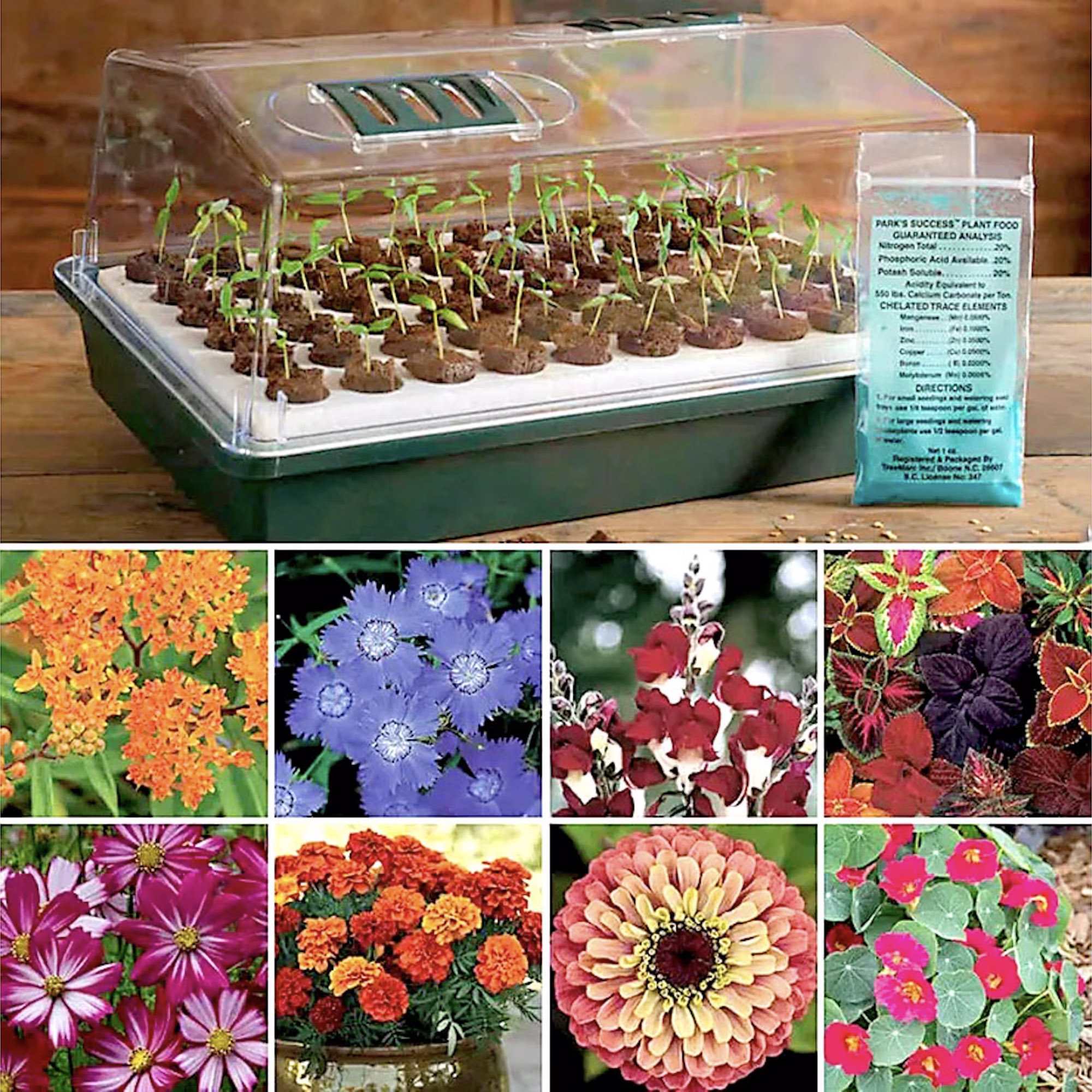Top 10 Flower Seeds To Sow In May For A Joyful Summer Garden Bursting With Color
Sow the seeds of summer this month with our recommended pick of annual and perennial flowers that will create a rich tapestry of color all season long.

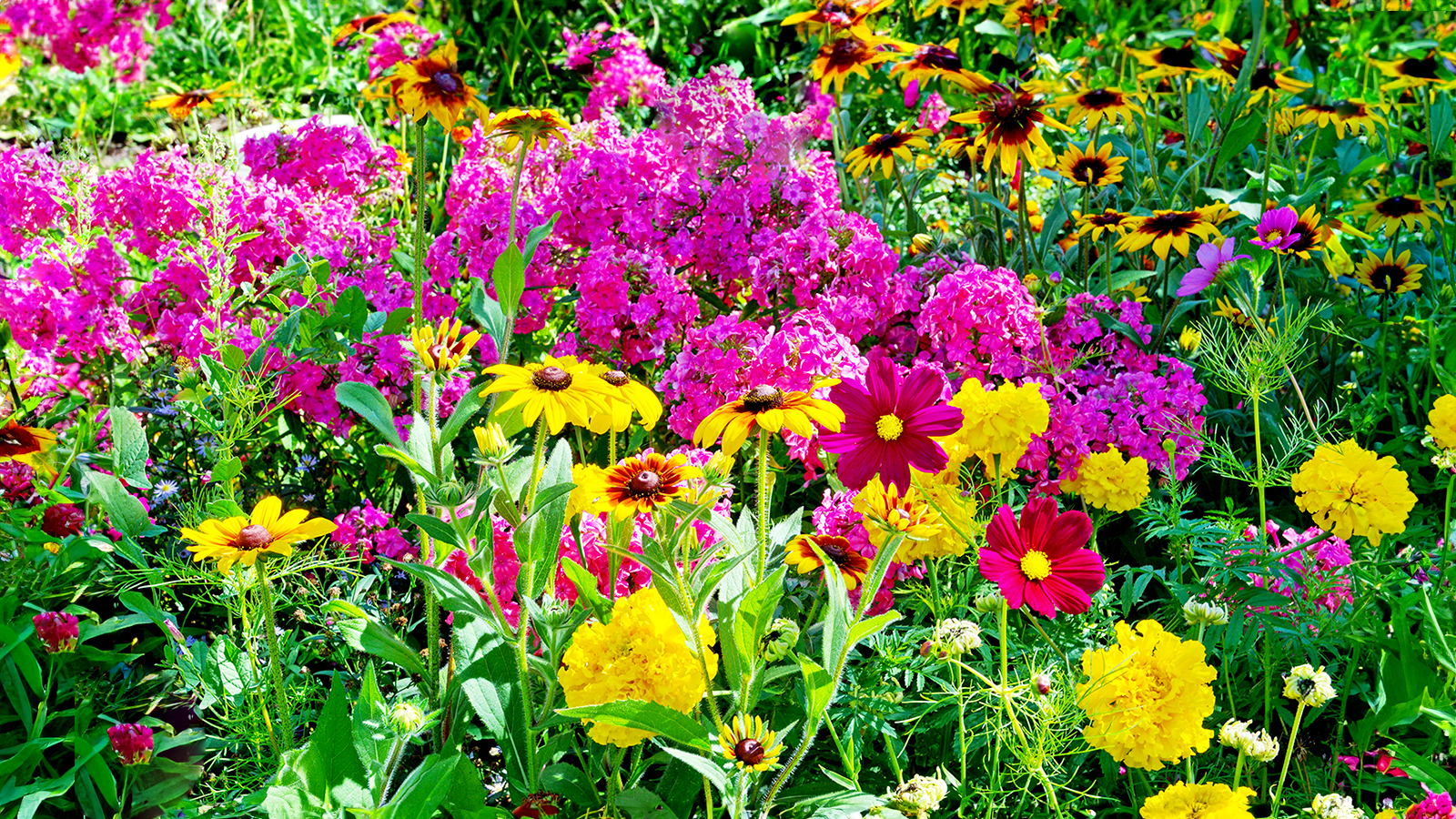
May is an excellent time to sow many of your favorite flowers. As the soil begins to warm and the ambient temperatures go up with longer daylight hours, this is the optimal time for germinating many seeds. Of course, you can start seeds indoors if your region is not yet sloughing off winter’s embrace, but gardeners who live in more temperate regions can simply plant right into the outdoor soil.
Before planting seeds, take a little time to prepare the ground. Remove weeds and debris to ensure a clear path for your new plants. Incorporate organic matter such as compost to a depth of at least 6 inches (15cm). This will add nutrients while also loosening the soil so the seedlings' roots can penetrate more easily. Moisten the soil thoroughly before you plant. If you water after, the seeds can get dislodged or moved from where you want your glorious flowers, and may get buried too deeply for adequate germination.
Pay careful attention to the seed packet information for the best results. The packet should tell you when to start planting seeds, as well as how deep to plant seeds and other details like spacing and preferred location. These helpful details will ensure your little plants will be happy in their site and produce flowers more quickly. If you are starting seeds indoors because the outside temperatures are not yet warm, follow the same instructions as to depth and site. Harden off seedlings before transplanting outside.
Sow a beautiful summer garden with these recommended annual and perennial flowers to start in May.
1. Sunflowers
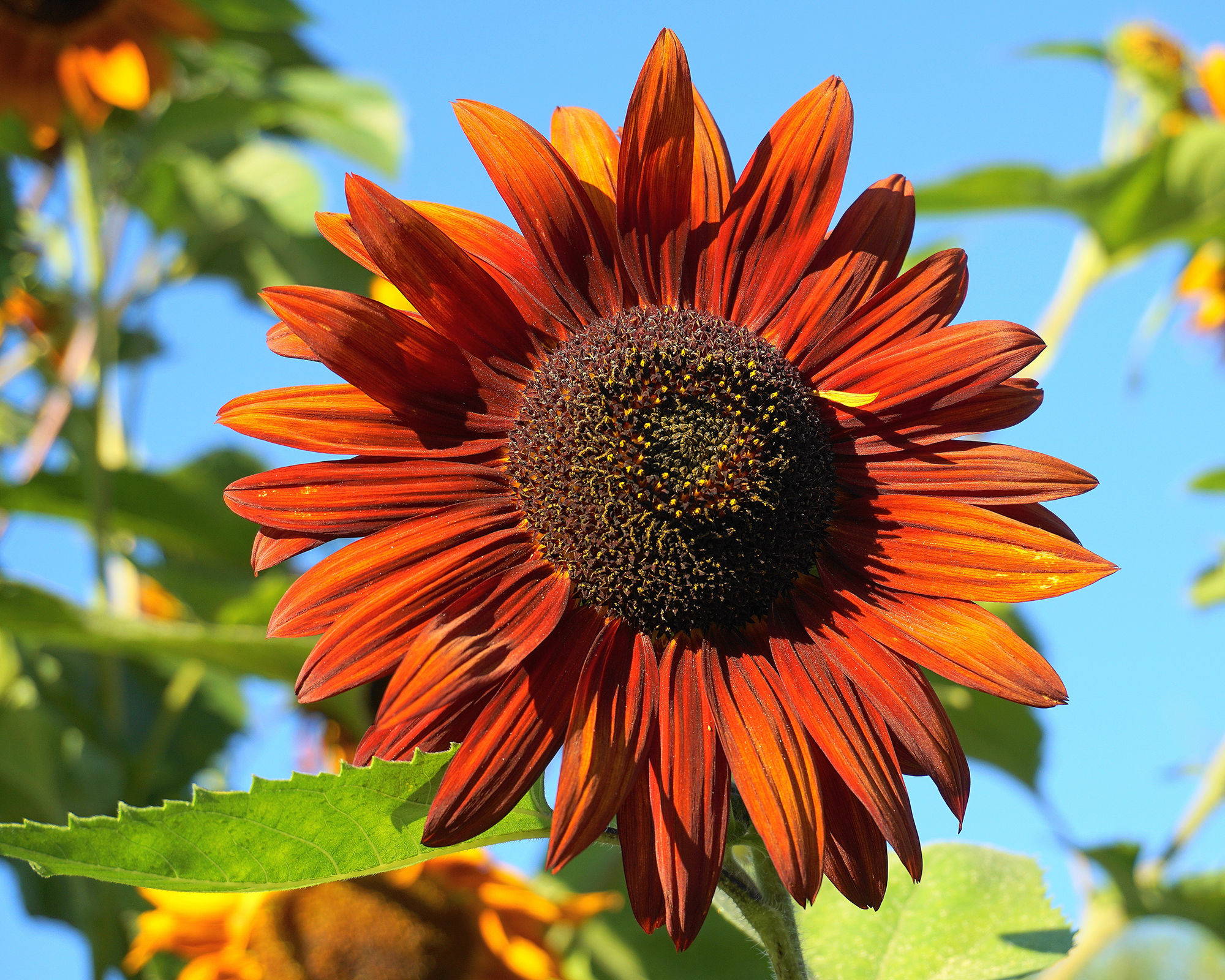
These annual flowers are my personal favorite blooms. Their cheery heads and edible seeds are just part of their appeal, but sunflowers will help loosen heavy soils and can remove toxins from the soil. While most often seen in yellow, there are some rarer colors too, like these head-turning bronze Velvet Queen sunflowers, available in the Shop.
As their name would indicate, you should choose a sunny location for growing sunflowers. Plant the seeds 1 to 2 inches (2.5 to 5cm) deep after all danger of frost has passed. The plants should be spaced 6 to 12 inches (15 to 30cm) apart, depending upon the variety. Keep the area moderately moist. These seeds germinate quickly, with seedlings emerging in 7 to 10 days.
2. Zinnias
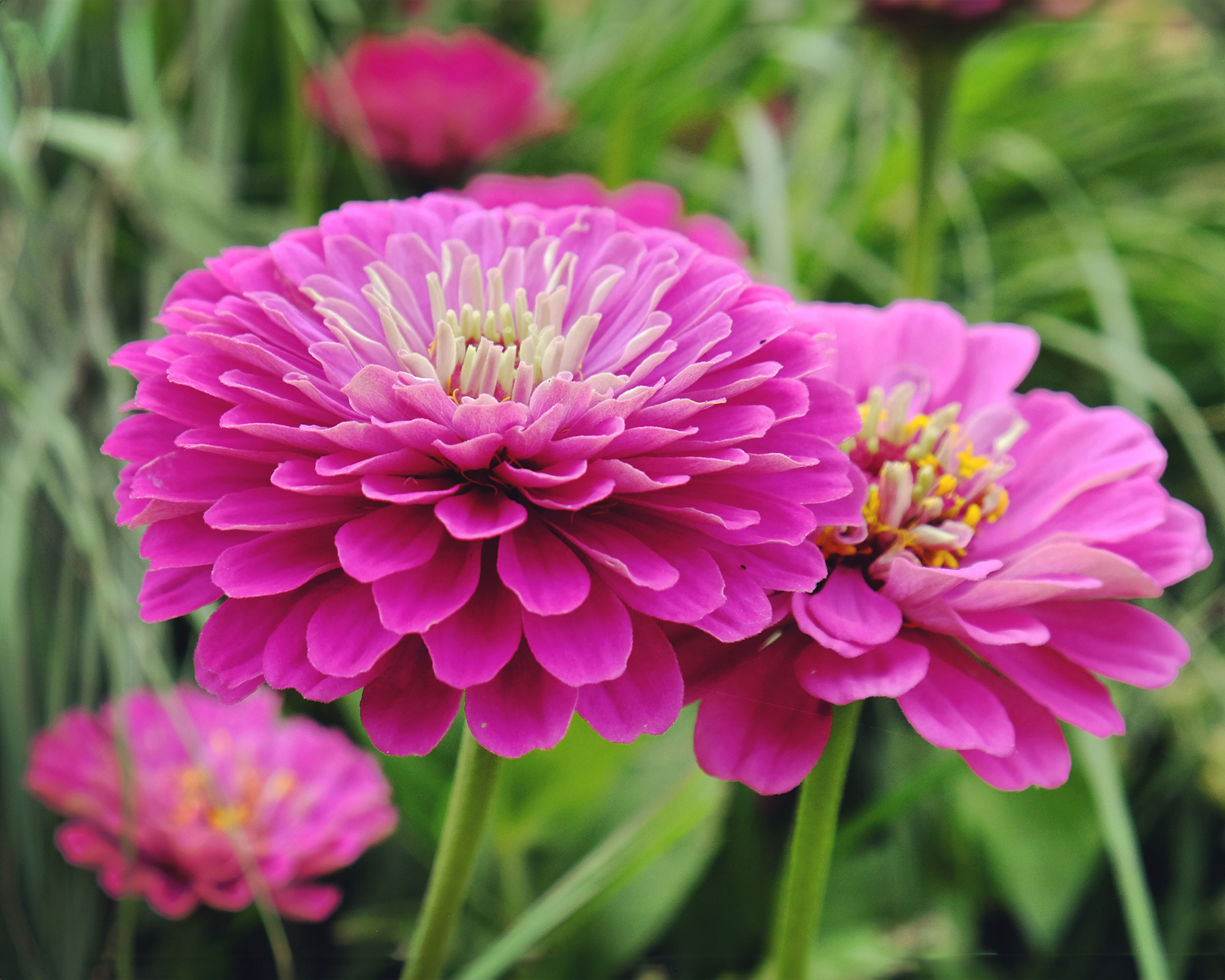
Magnificent in their myriad of colors, zinnias are workhorses of the garden. They are reliable, you can easily save seeds, and they come in various sizes and hues. In most regions, zinnias will self-sow and keep blooming until the first frost. Successive seeding is helpful to keep the blooms going all season long.
Sign up for the Gardening Know How newsletter today and receive a free copy of our e-book "How to Grow Delicious Tomatoes".
Zinnias make fabulous cut flowers too, and are celebrated in our Zinnias for Cutting Collection, which contains five spectacular dahlia-style varieties.
Zinnias enjoy a full sun location with 6 to 8 hours per day of direct light. Sow the seeds just a ¼ inch (6mm) deep and 6 to 18 inches (15 to 46cm) apart, depending on the variety. Thin seedlings if necessary to allow each plant room to grow. Expect germination in 4 to 6 days and the first flowers to arrive within 8 weeks.
3. Nasturtiums
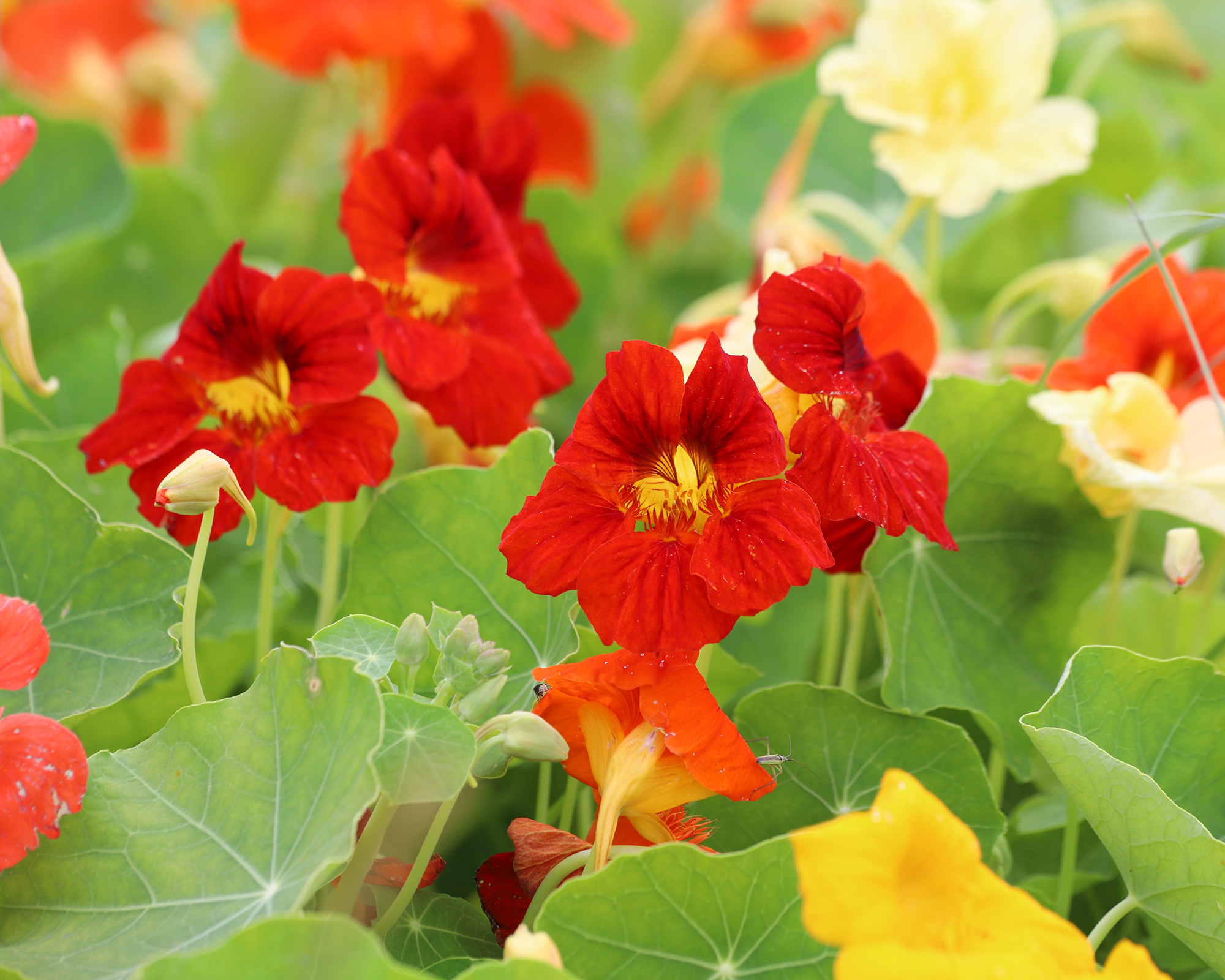
Nasturtiums are rather large seeds with a hard seed coat. In order to speed up germination, it is a good idea to scarify seeds by rubbing them with sandpaper or a nail file to penetrate the seed coat and allow water inside. Alternatively, you can simply soak seeds overnight to soften the seed coat before planting.
Select a site that receives at least 6 hours of sun in well-draining soil. Sow the seeds 1 inch (2.5cm) deep and at least 8 inches (20cm) apart. You can expect seedlings in 7 to 10 days. The pretty lily-pad-like leaves will appear first, followed by flowers in hues of red, orange, and yellow.
4. Celosia
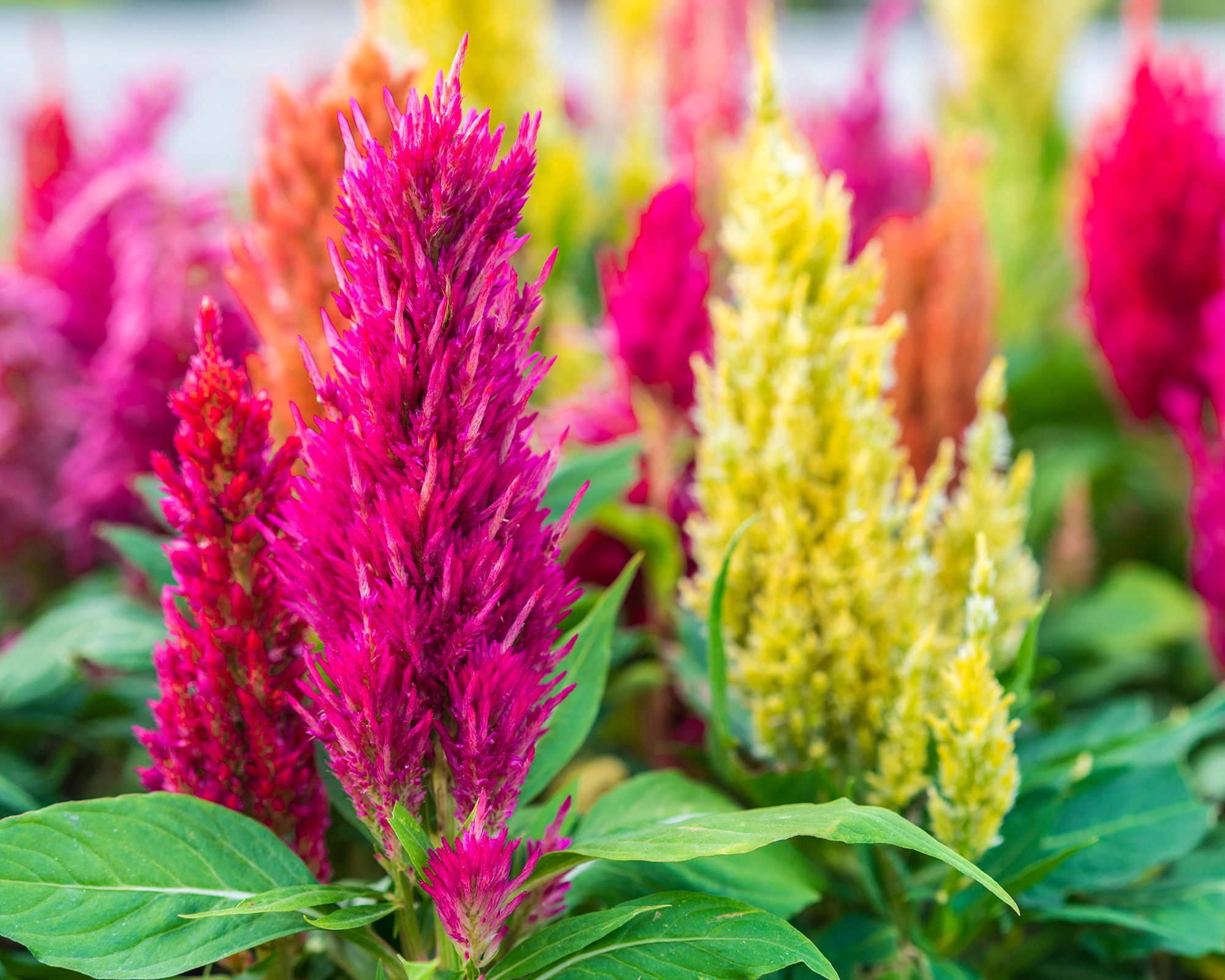
Celosia has unusual flowers that are like feathery plumes or a cockscomb flower. The seeds of these amazing flowers need sunlight to germinate. They should be sown on the surface of damp soil in full sun and well-drained soil. To keep the seed from blowing away, just sprinkle a bit of soil over the top lightly.
The seeds are extremely small, so use a moist toothpick or fingertip to pick out each one. You might also try a seed syringe to help space the minute seeds. Space seeds 6 to 12 inches (15 to 30cm) apart or thin them once the seedlings have two pairs of true leaves. Germination should occur in 7 to 14 days.
5. Bachelor Buttons
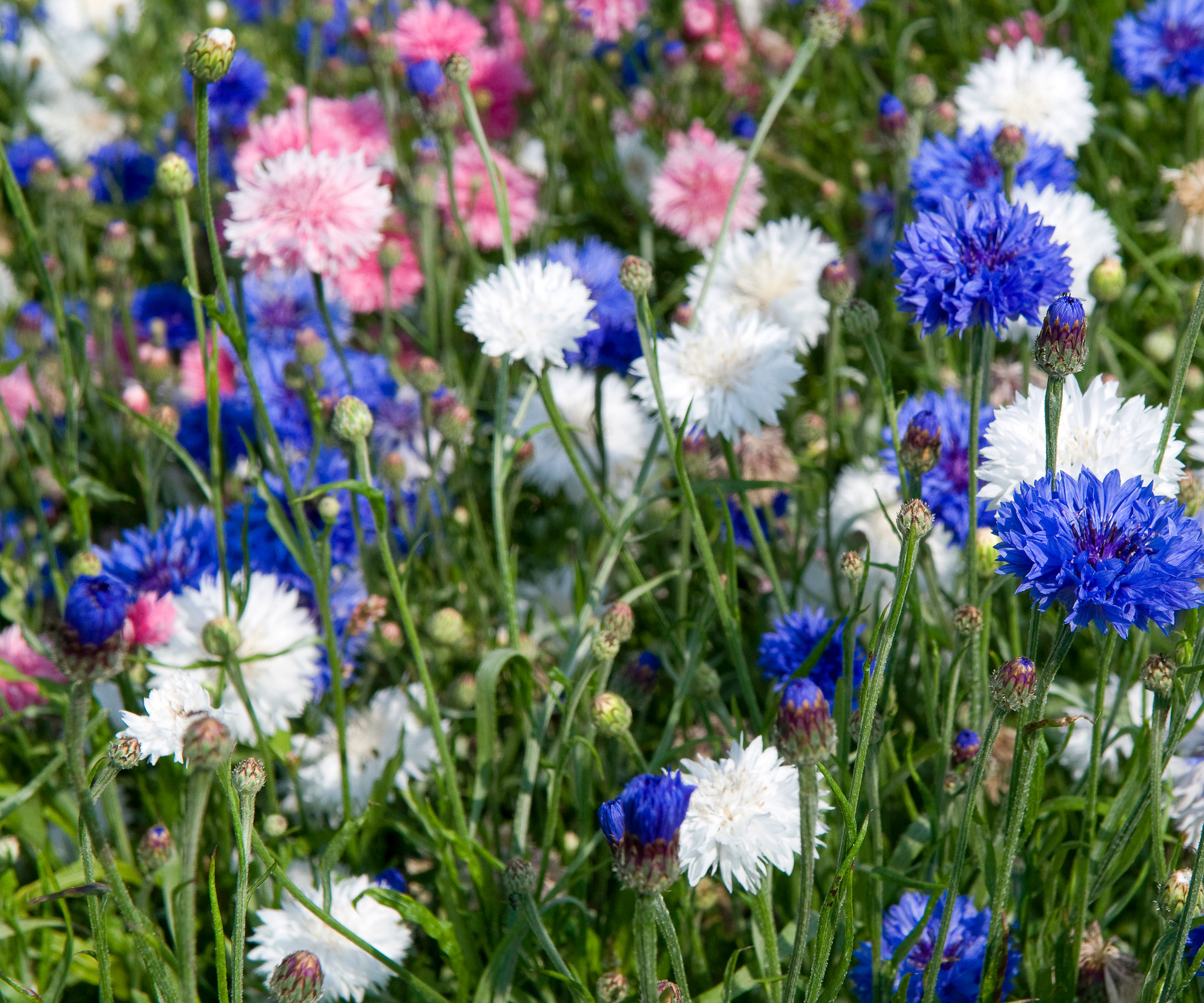
Also known as cornflowers, bachelor buttons are annual flowers that have endeared themselves to gardeners for generations. The periwinkle blue, rayed flowers have four distinct notches at the tips of the petals, lending the bloom an unusual shape. These plants will bloom all season long and will only stop with a killing freeze.
Choose a location with 6 hours or more of sunlight. Amend the soil with organic matter if it is heavy. These seeds also require sunlight to germinate. Broadcast the seeds over the surface of the soil and then lightly rake the dirt to just cover them. Thin seedlings to 8-12 inches (20 to 30cm) apart. You should start seeing seedlings within 7 to 12 days of planting in optimal conditions.
6. Coneflower
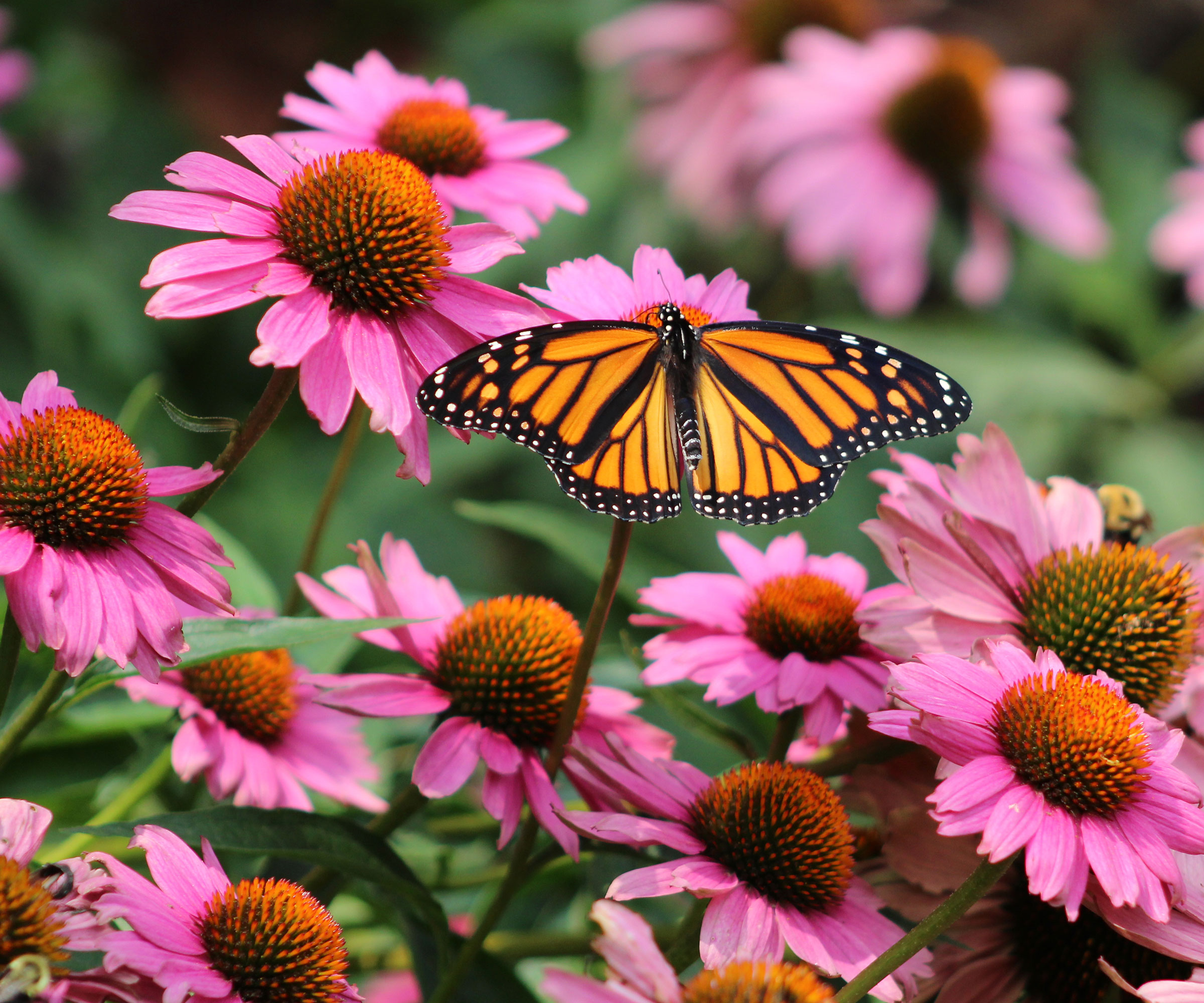
Coneflower, or Echinacea as it is also known, is a large, rayed perennial flower that comes in several colors, such as yellow, white, pink, red, and the native purple. For borders that really pack a punch, choose a seed mix with various colors, such as the Cheyenne Spirit Coneflowers available in the Shop.
Coneflowers are beloved by pollinators and also have attractive seed heads at the end of the season that provide food for birds. The plants need full sun to produce the beautiful blooms, and soil that is not overly fertile. In fact, these plants prefer soil that is not very rich.
The seeds will germinate more rapidly if it has undergone a period of cold, so it's a good idea to stratify seeds by keeping them in the refrigerator for a few weeks. Sow the seeds on the surface of pre-moistened soil. Germination should occur in 10 to 20 days.
7. Tickseed
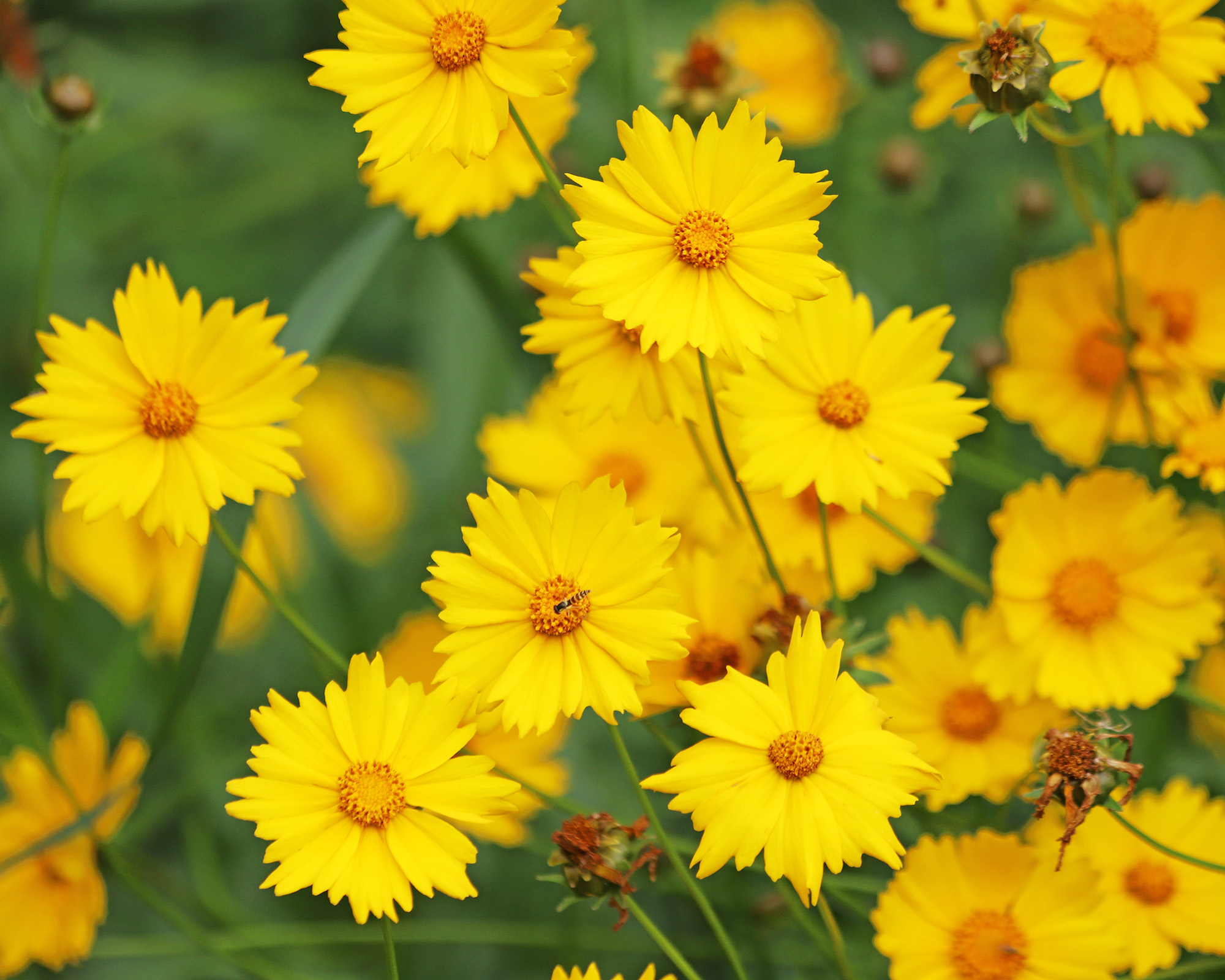
Tickseed produces a profusion of golden yellow, sometimes orange, flowers. There are also varieties of pink and red, as well as bicolored forms. The flowers are attractive to a host of pollinators, including bees and butterflies.
Tickseed requires light to germinate and should be planted where it will get sunlight 10 to 12 hours per day. Sow the seeds over the surface of the soil and then dust just a bit over them. Keep the site lightly moist but not soggy and expect germination in 10 to 15 days.
8. Yarrow
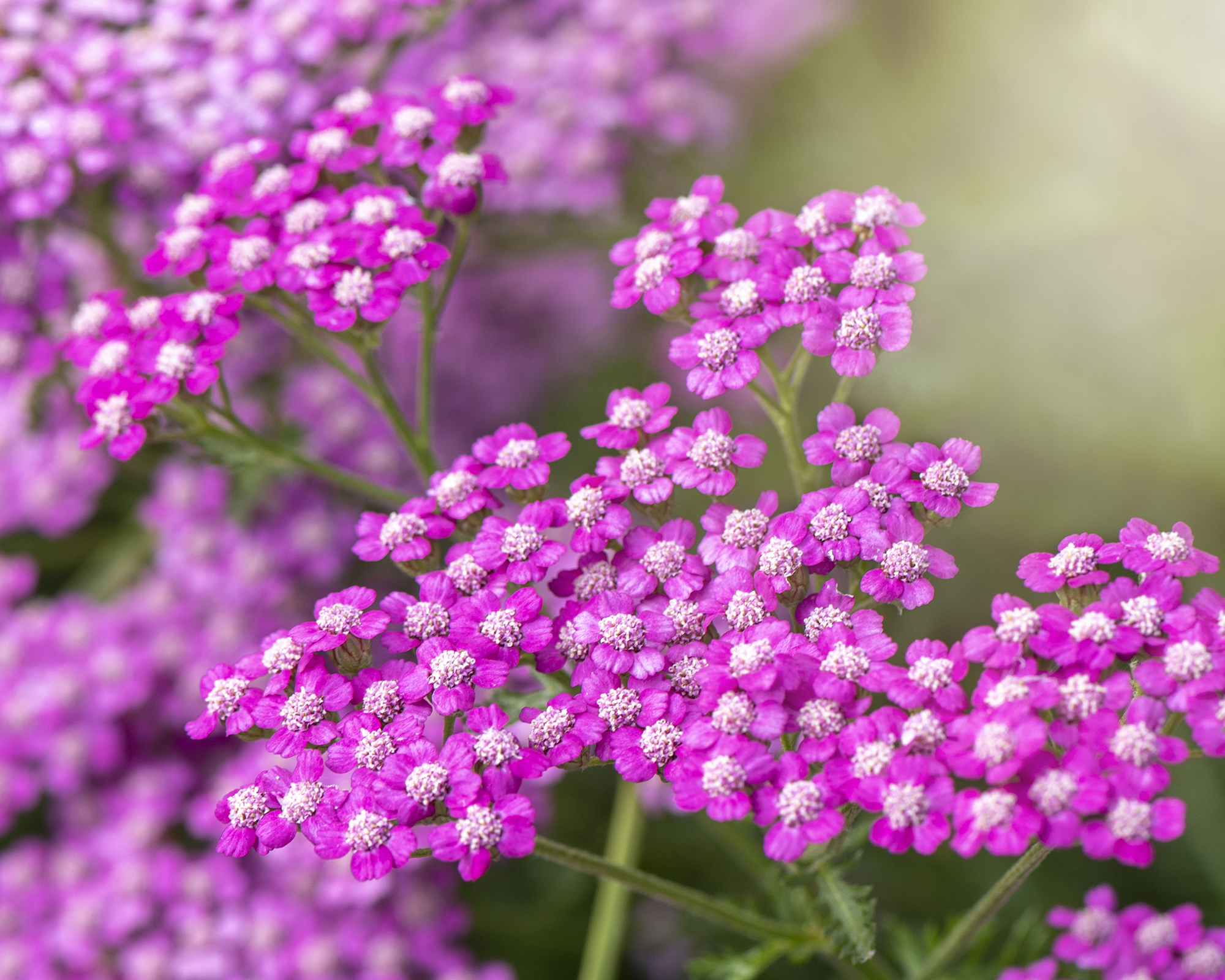
Yarrow forms umbrella-shaped clusters of flowers surrounded by feathery foliage. They may be found in almost all pastel hues as well as some vibrant tones like reds and hot pink.
Choose a location with any type of soil except clay in full to partial sun. Yarrow is another plant that requires light to germinate. Sow seeds on moist soil but do not cover them. Gently press the seeds into the soil with your hand so they get good contact. Yarrow seeds will begin to germinate in 10 to 14 days.
9. Black-Eyed Susan
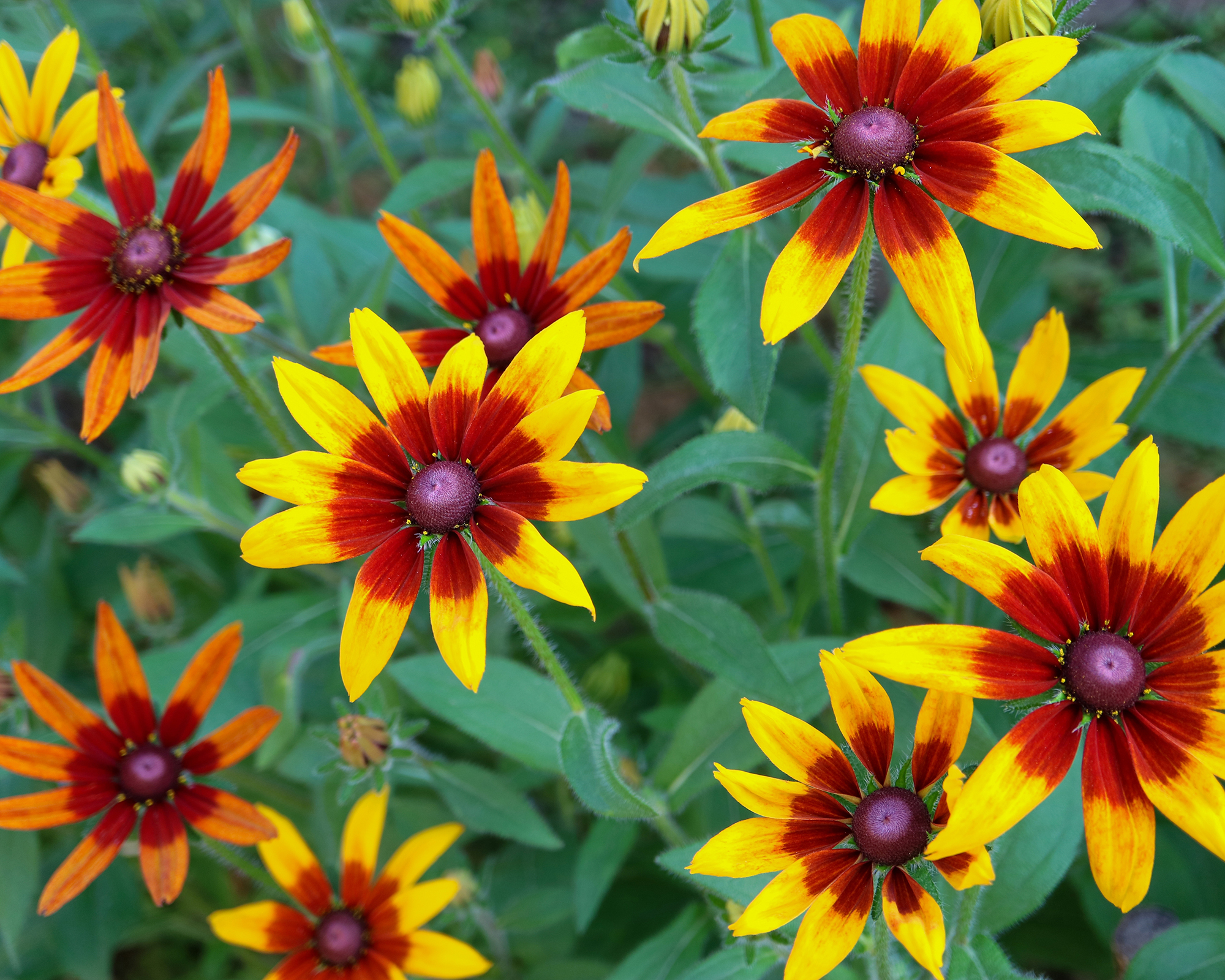
Rudbeckia, or black-eyed Susan, is an outstanding plant with rayed flowers. They are most commonly known for bright orange petals and a dark center, but also come in orange, bronze, and red. The flowers produce copious quantities of seeds, which are very attractive to wild birds as a food.
Select a site with plenty of sunshine throughout the day. Plant black-eyed Susan seeds by broadcasting. They do not need to be covered with soil. Do expect some seed loss due to the birds' preference for the seed. Keep the soil moderately moist. Germination can occur in as little as 10 days but may take up to 30 days.
10. Phlox
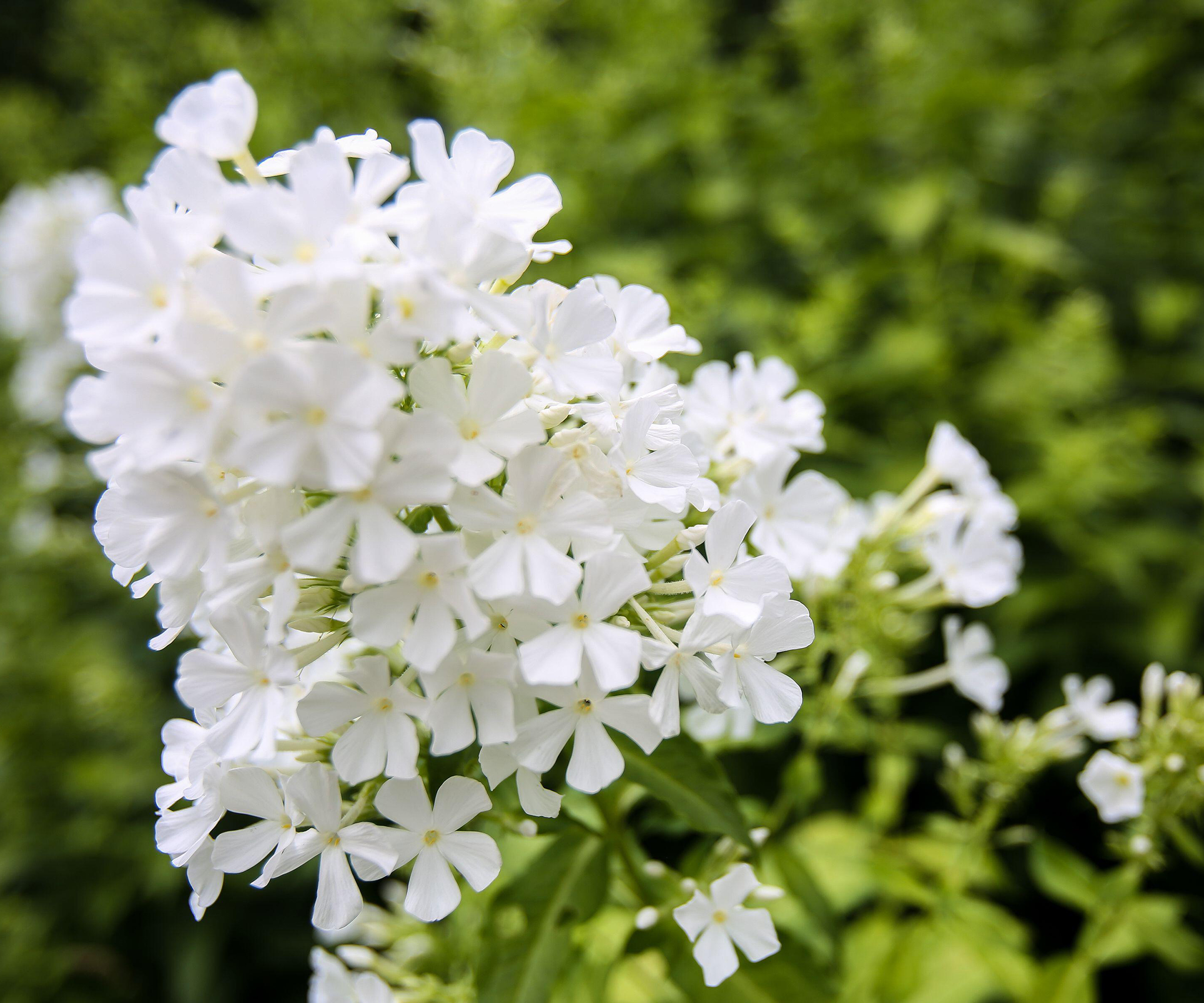
Phlox will produce large clusters of small flowers in primarily pastel hues. They make excellent cut flowers, and their spicy clove-like scent perfumes the home and garden.
Choose a planting site that gets at least 8 hours of light per day. Phlox likes nutrient-rich soil, so incorporate plenty of organic matter to a depth of 8 inches (20cm). Cover the seeds with ¼ inch (64cm) of soil and space 8 to 12 inches (20 to 30cm) apart. Keep the soil evenly moist. Expect to see seedlings in about 30 days.
More Flower Inspiration
- As well as our recommended May flowers, you can also sow our pick of flower seeds to sow in April this month.
- Browse stunning flower seed collections in the Gardening Know How Shop – all hand-picked by experts.
- Who doesn't love zinnias on repeat? Discover 10 glorious cut-and-come-again zinnia varieties for endless summer bouquets.
- Get more for your money with 8 self-sowing flowers that will grace your garden with colorful blooms year after year.
- Sign up for our FREE seed-starting workshop! Learn the basics from master gardener Geoffrey Johnson in our fun 30-minute session.
This article features products available from third party vendors on the Gardening Know How Shop.
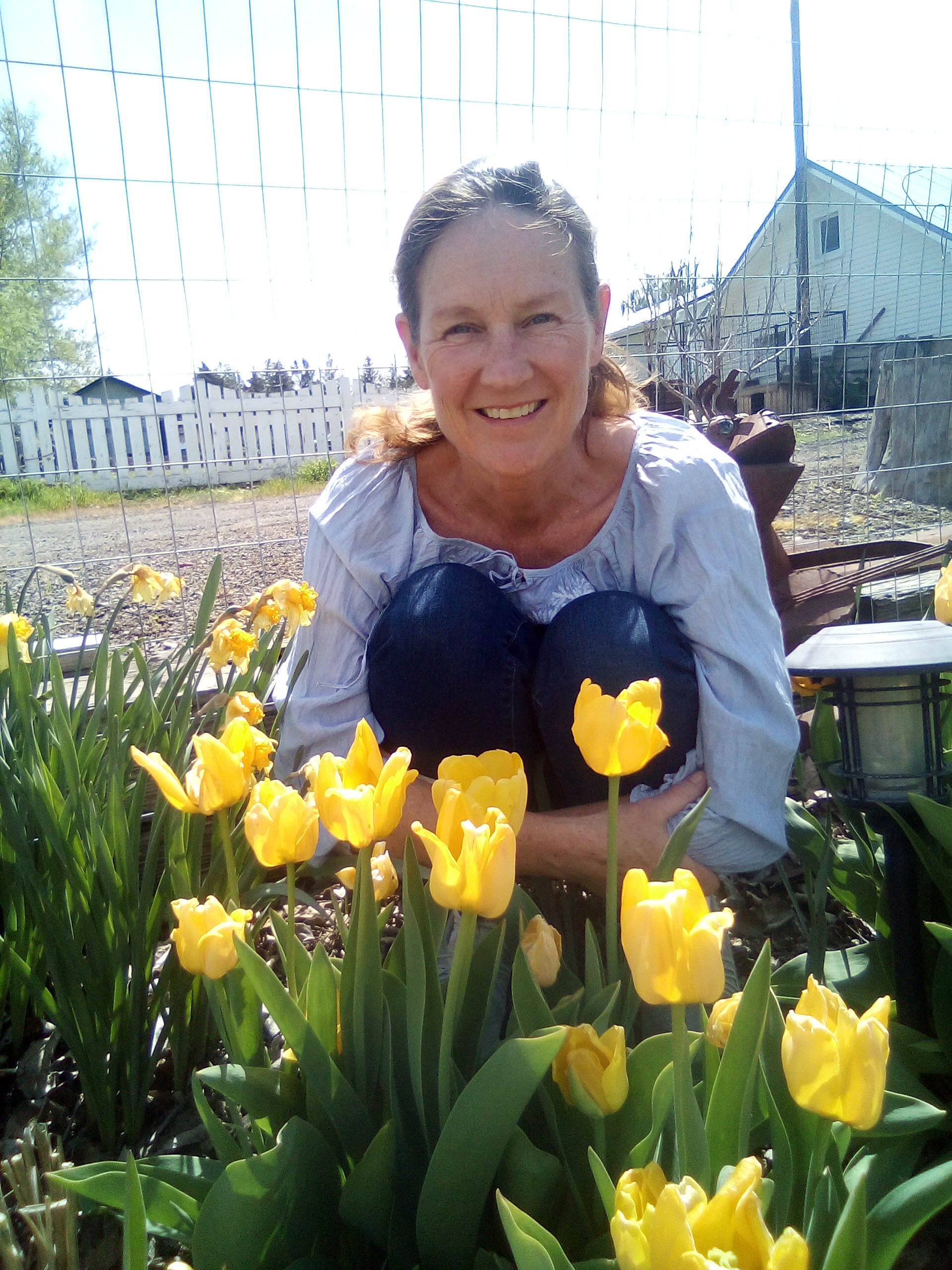
Bonnie Grant is a professional landscaper with a Certification in Urban Gardening. She has been gardening and writing for 15 years. A former professional chef, she has a passion for edible landscaping.
